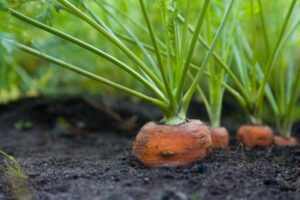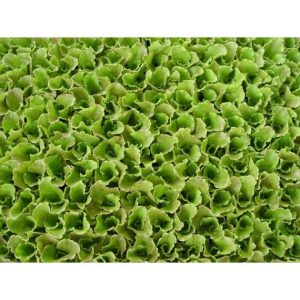What are BABOSAS?
The slug is a mollusk is a soft-bodied animal, which lacks the protective shell that can be seen in the land snail. Because it lacks a shell, the soft body requires some protection, which the animal obtains by living in cool, humid and shady places. If it is exposed to the sun for too long, it dries out and dies.
They are mostly found among the dry leaves or under rocks, where they find protection. It leaves these sites only in the early morning and late afternoon, preferably on rainy summer days. They can live in multiple habitat types
Why do slugs grow on our plants?
They love humidity and slightly warm temperatures and this is their best time to appear in orchards and gardens, they are usually seen in the winter and if it has been very cold and windy there will be fewer slugs during the spring. The same happens when summers have been especially dry and very hot, in that case in autumn we will notice less presence of slugs. Slugs come out to feed at night. The next day you can easily identify the shiny, silvery trails or trails of slime they leave on leaves and the holes and bites in young leaves and shoots.

How do slugs affect our plants?
Slugs cause very diverse damages: they devour leaves and roots, destroy young plants and stain the plants with mucous secretions, and if conditions are good and we have a lot of humidity they reproduce in such a way that they are able to kill our crops almost faster than we are able to plant them.
In short, slugs are a pest to be taken into account and we must control them from the beginning so that they do not become a big problem.

How to ELIMINATE slugs naturally?
PREDATORS OF THE BABOSAS

- Hedgehogs
- Shrews
- Salamanders
- Toads
- Frogs
- Turtles
- Snakes
- Ducks
- Hens
- Ducks
MEALYBUG PARASITOIDS
- Phasmarhabditis hermaphrodita is a lethal parasitic nematode of a large number of slug species widely used as a biological molluscicide in agricultural crops and green areas.



